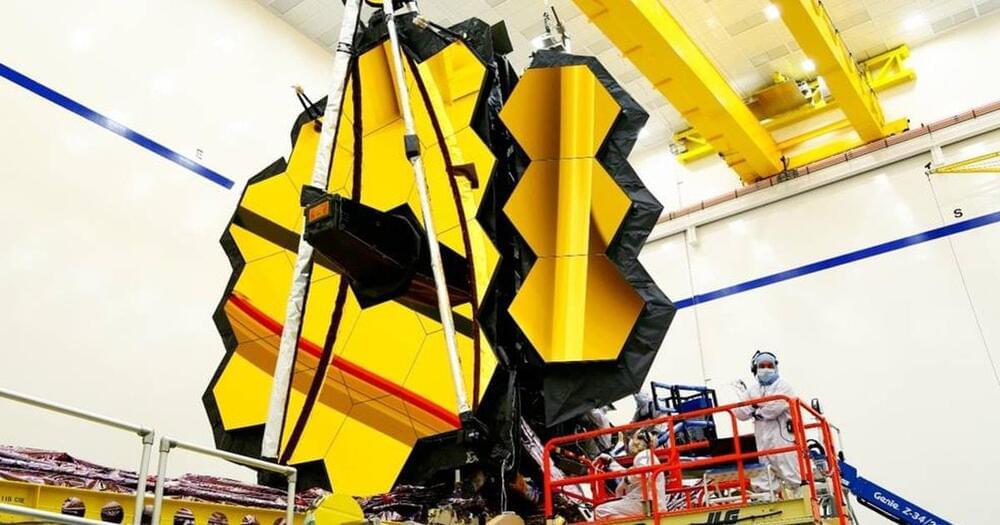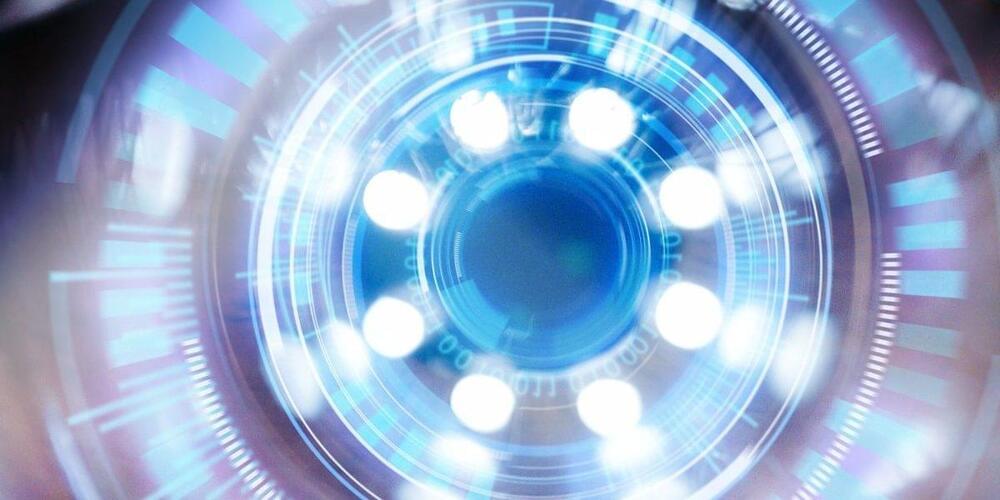More than 30 years ago, Andreas Floer changed geometry. Now, two mathematicians have finally figured out how to extend his revolutionary perspective.



The team of academician GUO Guangcan of University of Science and Technology of China (USTC) of the Chinese Academy of Sciences has made important progress in the research of cold atom.
An atom is the smallest component of an element. It is made up of protons and neutrons within the nucleus, and electrons circling the nucleus.

Such is the promise and peril of NFTs.
NFTs, or non-fungible tokens, offer many potential benefits to creators. They apply the mechanisms of scarcity to digital assets by allowing artists to render them as one-of-a-kind collectibles, like a painting or a baseball card. This means artists — especially digital artists — who have struggled to make their streamable, screenshot-able or reprintable work hold value — can price their items at rates appropriate for something in short supply.
However, the digital trading mechanism is still in nascent stages, and rife with scams, hacks and copyright issues. Beeple was hit by an organized hack, for example. While artists can sometimes find financial solvency with NFTs, other times, they lose millions.
😮 circa 2021.
The fundamental forces of physics govern the matter comprising the Universe, yet exactly how these forces work together is still not fully understood. The existence of Hawking radiation — the particle emission from near black holes — indicates that general relativity and quantum mechanics must cooperate. But directly observing Hawking radiation from a black hole is nearly impossible due to the background noise of the Universe, so how can researchers study it to better understand how the forces interact and how they integrate into a “Theory of Everything”?
According to Haruna Katayama, a doctoral student in Hiroshima University’s Graduate School of Advanced Science and Engineering, since researchers cannot go to the Hawking radiation, Hawking radiation must be brought to the researchers. She has proposed a quantum circuit that acts as a black hole laser, providing a lab-bench black hole equivalent with advantages over previously proposed versions. The proposal was published on Sept. 27 Scientific Reports.
“In this study, we devised a quantum-circuit laser theory using an analogue black hole and a white hole as a resonator,” Katayama said.

A major obstacle to widespread study and clinical use of 3D tissues is their short shelf-life, which may be anywhere from a just few hours to a few days. As in the case of an organ transplant, a bioprinted tissue must be transported rapidly to the location where it is needed, or it will not be viable. In the journal Matter on December 21st, researchers at Brigham and Women’s Hospital and Harvard Medical School describe their work combining 3D bioprinting with cryopreservative techniques to create tissues which can be preserved in a freezer at-196°C and thawed within minutes for immediate use.
“For conventional bioprinting, there is basically no shelf life. It’s really just print, and then use, in most cases,” says lead author Y. Shrike Zhang (@shrikezhang), a biomedical engineer at Brigham and Women’s Hospital. “With cryobioprinting, you can print and store in the frozen state for basically as long as you want.”
The use of 3D bioprinting to create artificial human tissue first appeared twenty years ago. As in conventional 3D printing, an ink is extruded layer by layer through a nozzle into a pre-specified shape. In the case of bioprinting, the ink is typically made up of a gelatin-like scaffolding embedded with living cells. Cryobioprinting works the same way, except the printing is performed directly onto a cold plate held at temperatures down to-20°C. After the tissues are printed, they are immediately moved to cryogenic conditions for long-term storage.



According to new research by Datagen, 99% of computer vision (CV) teams have had a machine learning (ML) project canceled due to insufficient training data. Delays, meanwhile, appear truly ubiquitous, with 100% of teams reporting experiencing significant project delays due to insufficient training data. The research also indicates that these training data challenges come in many forms and affect CV teams in near-equal measure. The top issues experienced by CV teams include poor annotation (48%), inadequate domain coverage (47%), and simple scarcity (44%).
The scarcity of robust, domain-specific training data is only compounded by the fact that the field of computer vision is lacking many well-defined standards or best practices. When asked how training data is typically gathered at their organizations, respondents revealed a patchwork of sources and methodologies are being employed both across the field and within individual organizations. Whether synthetic or real, collected in-house or sourced from public datasets, organizations appear to be utilizing any and all data they can in order to train their computer vision models.
However, computer vision teams have already identified and begun to embrace synthetic data as a solution. Ninety-six percent of CV teams reported having already adopted the use of synthetic data to help train their AI/ML models. Nevertheless, the quality, source, and proportion of synthetic data that’s used remains highly variable across the field, and only 6% of teams currently use synthetic data exclusively.

Today’s Google Doodle honors the late physicist Stephen Hawking on his 80th birthday. Hawking was a renowned cosmologist, and he spent his career theorizing about the origins of the universe, the underlying structure of reality, and the nature of black holes. But he became a household name for the way he communicated those ideas to the public through books and TV appearances.
“My goal is simple,” he once said. “It is a complete understanding of the universe, why it is as it is and why it exists at all.”
One of Hawking’s best-known ideas is that black holes slowly regurgitate information about all the matter they’ve swallowed — but it comes out in a jumbled form called Hawking radiation. In 1974, Hawking proposed that the event horizon of a black hole emits energy. Because energy can be converted into mass, and vice versa (that’s what Albert Einstein’s famous equation E=MC2 tells us), emitting all that energy into space will shrink the black hole. Eventually, it will run out of mass and disappear.
Full Story: